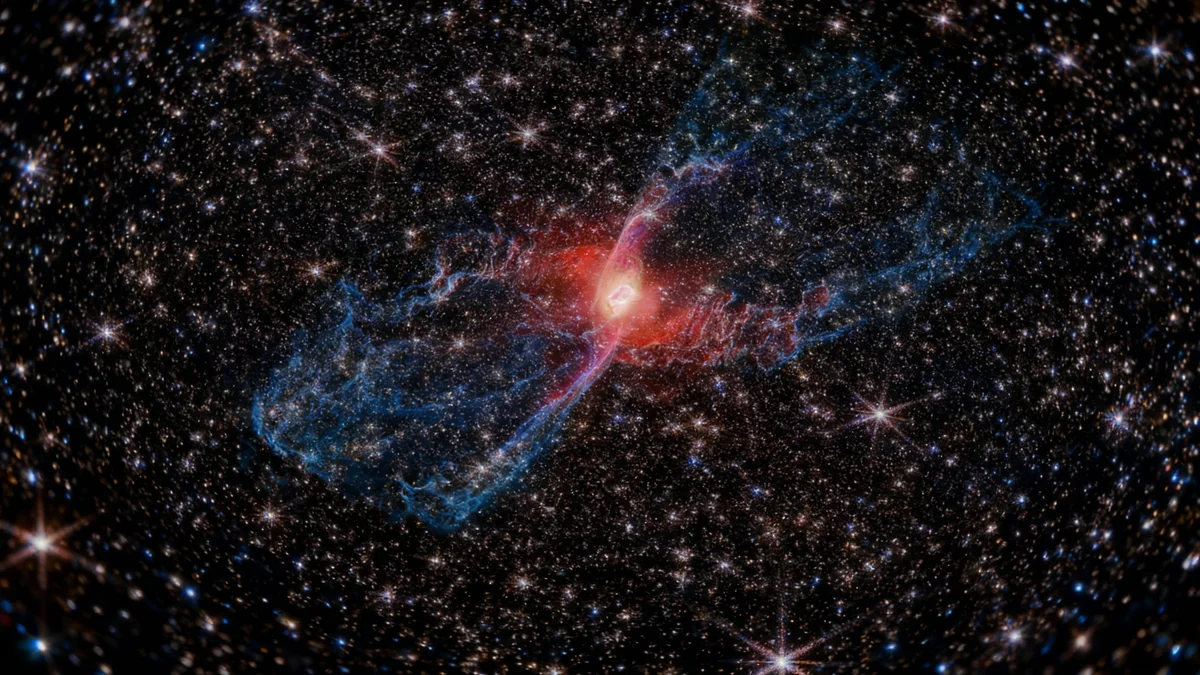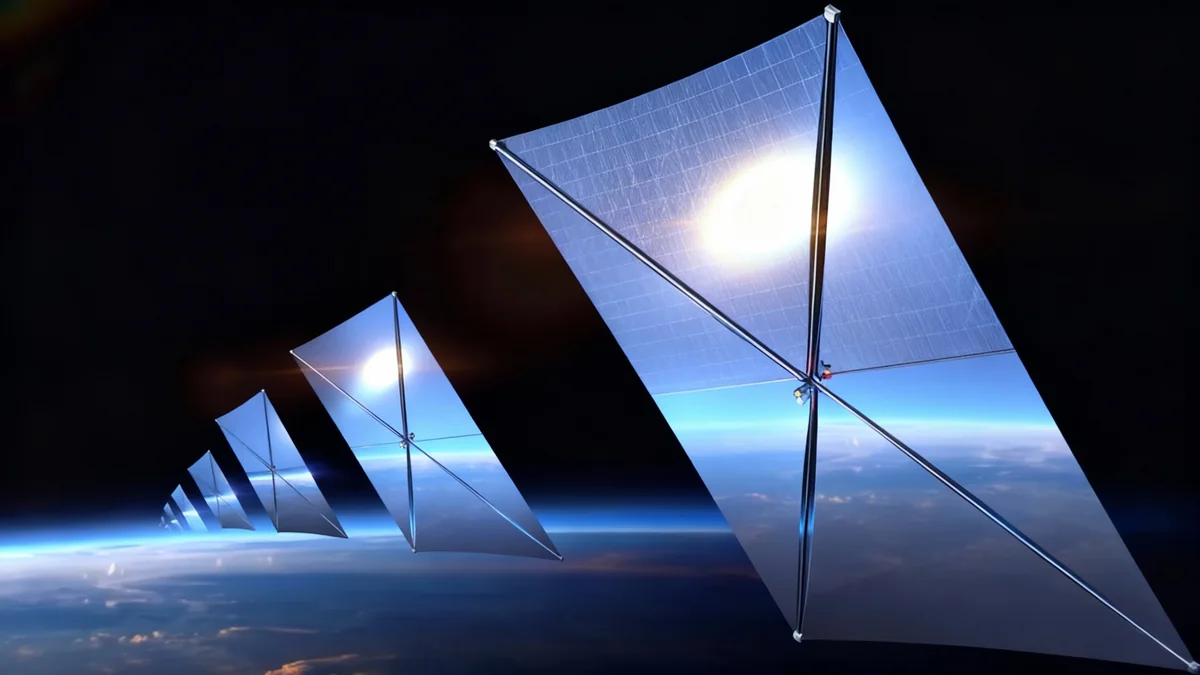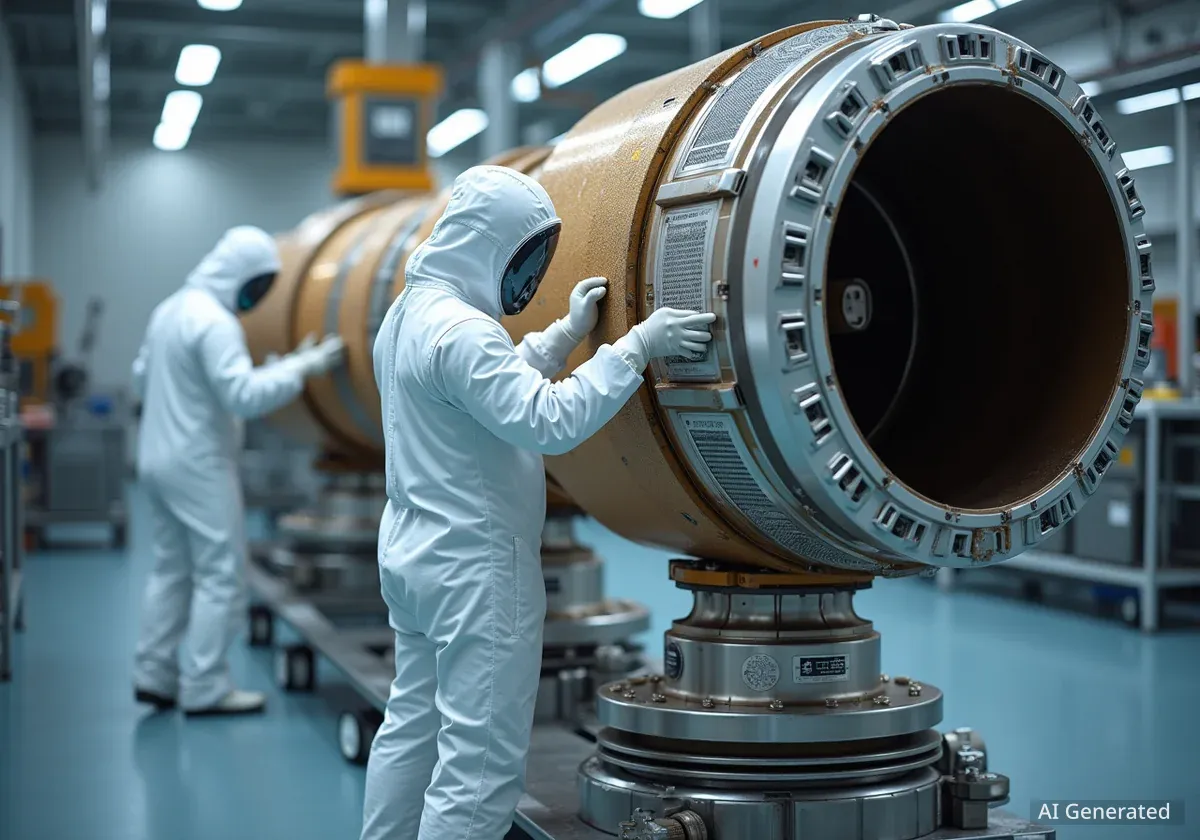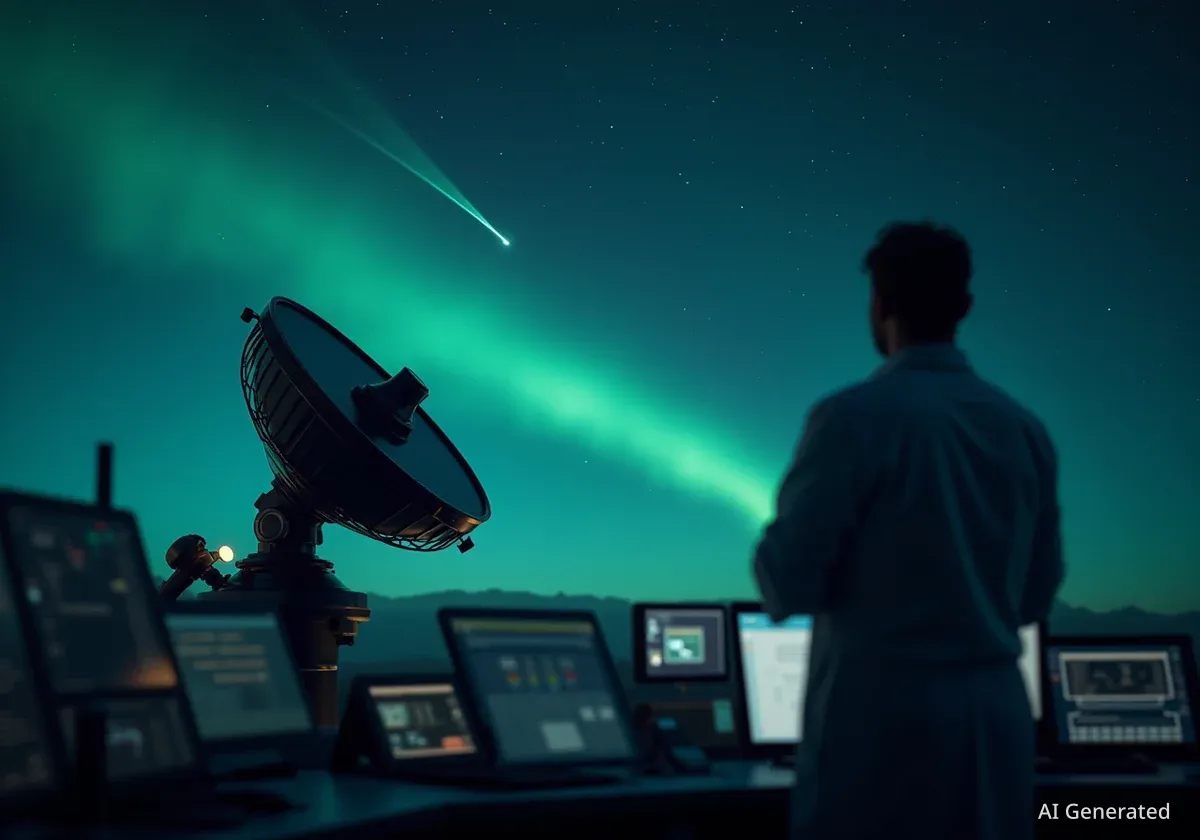An international team of scientists has concluded that cosmic dust, the fundamental building block of stars and planets, may be significantly more porous and sponge-like than previously assumed. This finding, based on a comprehensive review of decades of research, could reshape our understanding of how celestial bodies and the chemical precursors to life are formed.
Key Takeaways
- A major scientific review suggests cosmic dust grains are highly porous, similar to sponges, rather than solid, compact rocks.
- Evidence is drawn from space missions like NASA's Stardust and ESA's Rosetta, which found dust particles with porosities exceeding 99%.
- This porous structure could significantly increase the surface area available for chemical reactions, potentially accelerating planet formation.
- The debate continues, as some astronomical models conflict with the properties of highly porous dust, indicating a need for further research.
Rethinking the Nature of Interstellar Dust
For years, many astronomical models have treated cosmic dust as tiny, solid particles. However, a new review published in the Astronomy and Astrophysics Review challenges this view. The study, involving astrochemists and astronomers from Germany, Japan, the USA, Spain, and the UK, synthesizes data from laboratory experiments, astronomical observations, and theoretical models.
Professor Martin McCoustra from Heriot-Watt’s School of Engineering and Physical Sciences, a contributor to the project, explained the shift in perspective. "In fact, they’re more like fluffy little sponges, riddled with tiny voids," he stated, describing the potential structure of these essential grains.
Cosmic dust is fundamental to many processes in the universe. It is a key component in star-forming regions, such as the famous Pillars of Creation, and provides the surfaces where chemical reactions essential for life can occur. Its structure also influences how light travels through space, affecting what we observe with telescopes.
The Importance of Cosmic Dust
Cosmic dust particles are microscopic grains of solid material found in the space between stars. They are formed from elements like carbon, silicon, and oxygen produced in stars. These grains act as seeds for the formation of larger objects, clumping together to eventually form planets, asteroids, and comets.
Evidence from Direct Sampling Missions
The argument for porous dust is not just theoretical. It is supported by direct evidence from several high-profile space missions that have successfully collected and analyzed extraterrestrial particles.
NASA and ESA Mission Findings
NASA’s Stardust mission, which collected particles from a comet, provided some of the first strong clues about the porous nature of cosmic dust. The samples returned to Earth showed structures that were far from compact.
More compelling evidence came from the European Space Agency’s (ESA) Rosetta mission to comet 67P/Churyumov–Gerasimenko. The mission's instruments detected extremely fragile and fluffy dust particles. According to the review, some of these particles had porosities greater than 99%, meaning they were almost entirely empty space held together in a loose structure.
What is Porosity?
Porosity is a measure of the empty spaces or voids in a material. A porosity of 99% means that 99% of the particle's volume is empty space, making it incredibly lightweight and fragile, much like candy floss or a delicate sponge.
Further analysis of interplanetary dust particles that have naturally fallen to Earth has yielded similar results, reinforcing the idea that porous grains are common in our solar system and likely beyond.
Major Implications for Astronomy and Astrobiology
If cosmic dust is indeed highly porous, it could have profound effects on our understanding of several key astronomical processes, from the birth of planets to the origins of life.
"If these grains are porous, that means they have a far greater surface area than we thought. That could radically change our understanding of how molecules form and evolve in space."
Accelerating Planet and Molecule Formation
A larger surface area provides more space for chemical reactions to occur. This could mean that the formation of complex molecules, including organic compounds, happens more efficiently than current models predict.
Porous grains might also speed up the process of planet formation. Their fluffy, irregular structure could make them more likely to stick together upon collision, rather than bouncing off each other like solid spheres. This enhanced "stickiness" would allow them to aggregate into larger bodies more quickly.
- Increased Surface Area: Allows for more chemical reactions, aiding molecule formation.
- Protected Voids: The internal spaces could shelter fragile molecules like water and organics from harsh space radiation.
- Enhanced Sticking: Fluffy particles may clump together more easily, speeding up the initial stages of planet formation.
However, this spongy nature also comes with a downside. "Spongy grains could be more easily destroyed by shocks and radiation as they travel through interstellar space," Professor McCoustra noted. This fragility presents a puzzle for astronomers trying to model the lifecycle of dust in the galaxy.
An Ongoing Scientific Debate
Despite the growing body of evidence, the scientific community remains divided. Some astronomical models that successfully explain observations of interstellar clouds and young planetary systems rely on the assumption of compact, solid dust grains. These models suggest that highly porous grains would be too cold or too fragile to match what telescopes see.
This discrepancy highlights a significant gap in our knowledge that needs to be addressed.
Professor McCoustra drew a parallel to a historical scientific debate. "We should remember that nearly 100 years ago, astronomers did not believe molecules could exist in space, as the environment was considered too harsh," he said. "Today, astrochemistry is recognised as addressing fundamental questions in terms of star formation and the origins of life."
The authors of the review conclude that the question of dust porosity is far from settled. They call for a concerted effort involving new laboratory experiments to simulate space conditions, more advanced computer modeling, and targeted observations with powerful new instruments like the James Webb Space Telescope to resolve this fundamental debate about the building blocks of our universe.





